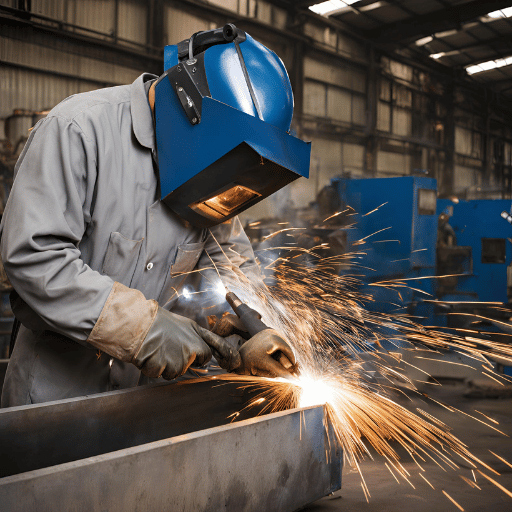Introduction
Welding is a fundamental technique in sheet metal fabrication, ensuring strong and durable joins between metal parts. With various methods available, understanding the techniques and best practices is crucial for high-quality results.
5 Available Methods of Sheet Metal Welding

- MIG Welding (Metal Inert Gas): Ideal for thin to medium-thickness metals, using a continuous wire and shielding gas.
- TIG Welding (Tungsten Inert Gas): Offers precise and clean welds, suitable for thin sheets and intricate jobs.
- Spot Welding: Common in automotive industries for joining thin metal sheets.
- Arc Welding: Uses an electric arc to melt metals, suitable for heavy-duty applications.
- Laser Welding: Highly precise, often used for delicate or high-end fabrication projects.
10 Important Tips for Sheet Metal Welding
- Choose the Right Method: Select a welding technique based on metal type and thickness.
- Prepare the Surface: Ensure metals are clean and free of contaminants.
- Use Proper Equipment: Invest in reliable and compatible welding machines.
- Set Correct Parameters: Adjust voltage, speed, and gas flow for optimal results.
- Maintain a Steady Hand: Ensure consistent motion to avoid uneven welds.
- Monitor Heat Input: Prevent warping or burn-through by controlling heat.
- Use Protective Gear: Always wear gloves, helmets, and safety glasses.
- Practice Tack Welding: Secure pieces in place before the final weld.
- Inspect the Welds: Check for cracks, pores, or weak spots.
- Keep Learning: Stay updated with new techniques and technologies.

Conclusion
Mastering sheet metal welding requires a thorough understanding of methods and best practices. Each technique has unique strengths and is suited to specific applications. By following essential tips and maintaining safety protocols, fabricators can achieve durable and high-quality welds. Whether for automotive, construction, or industrial use, effective welding ensures strong and reliable products.










